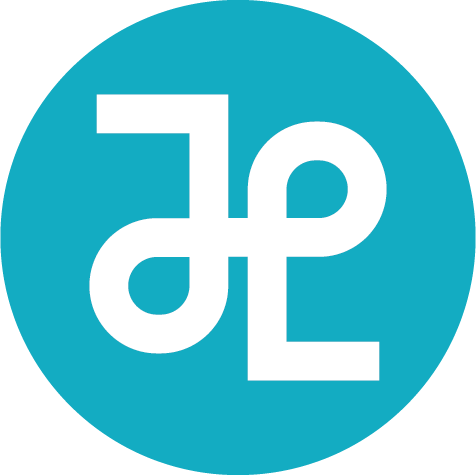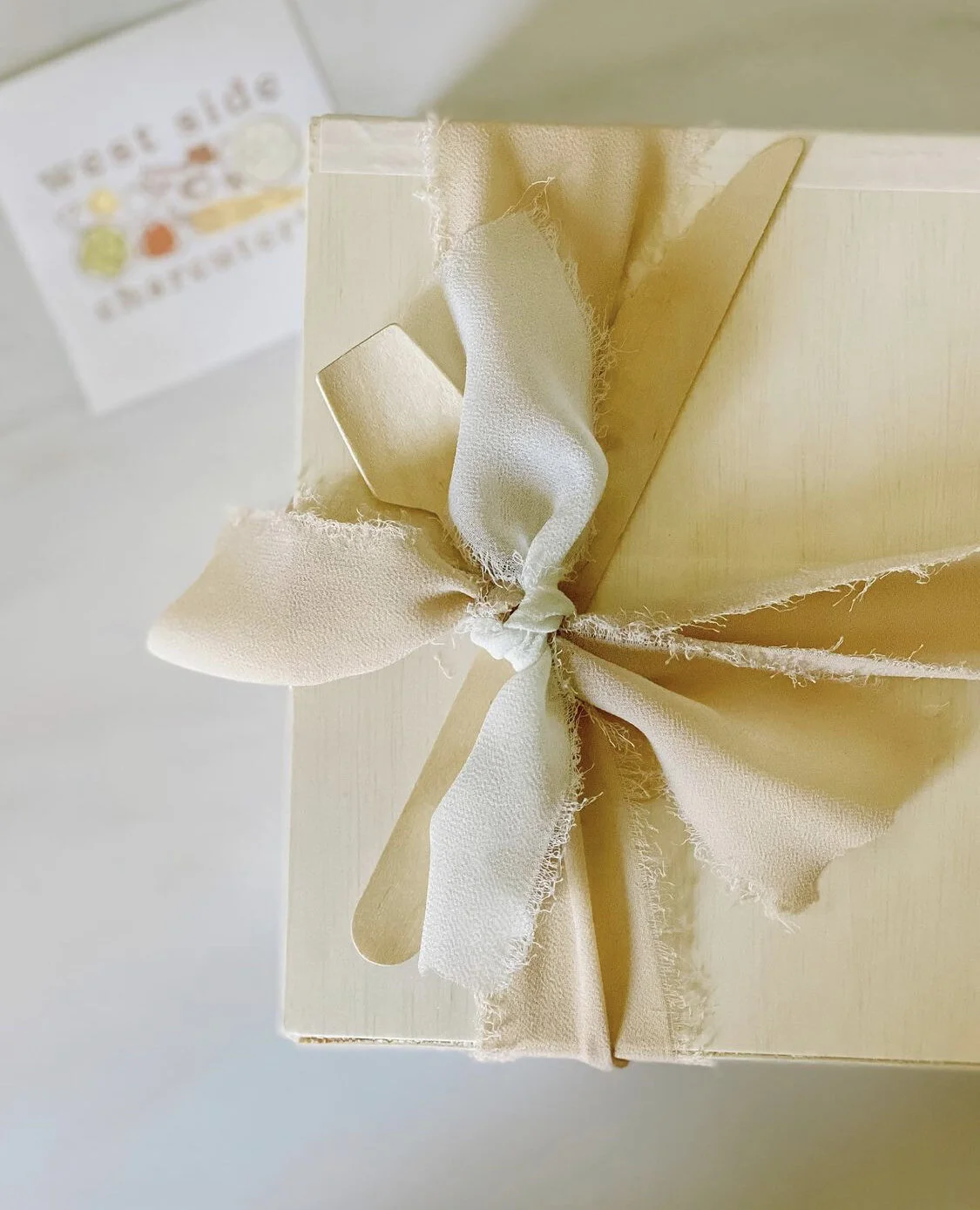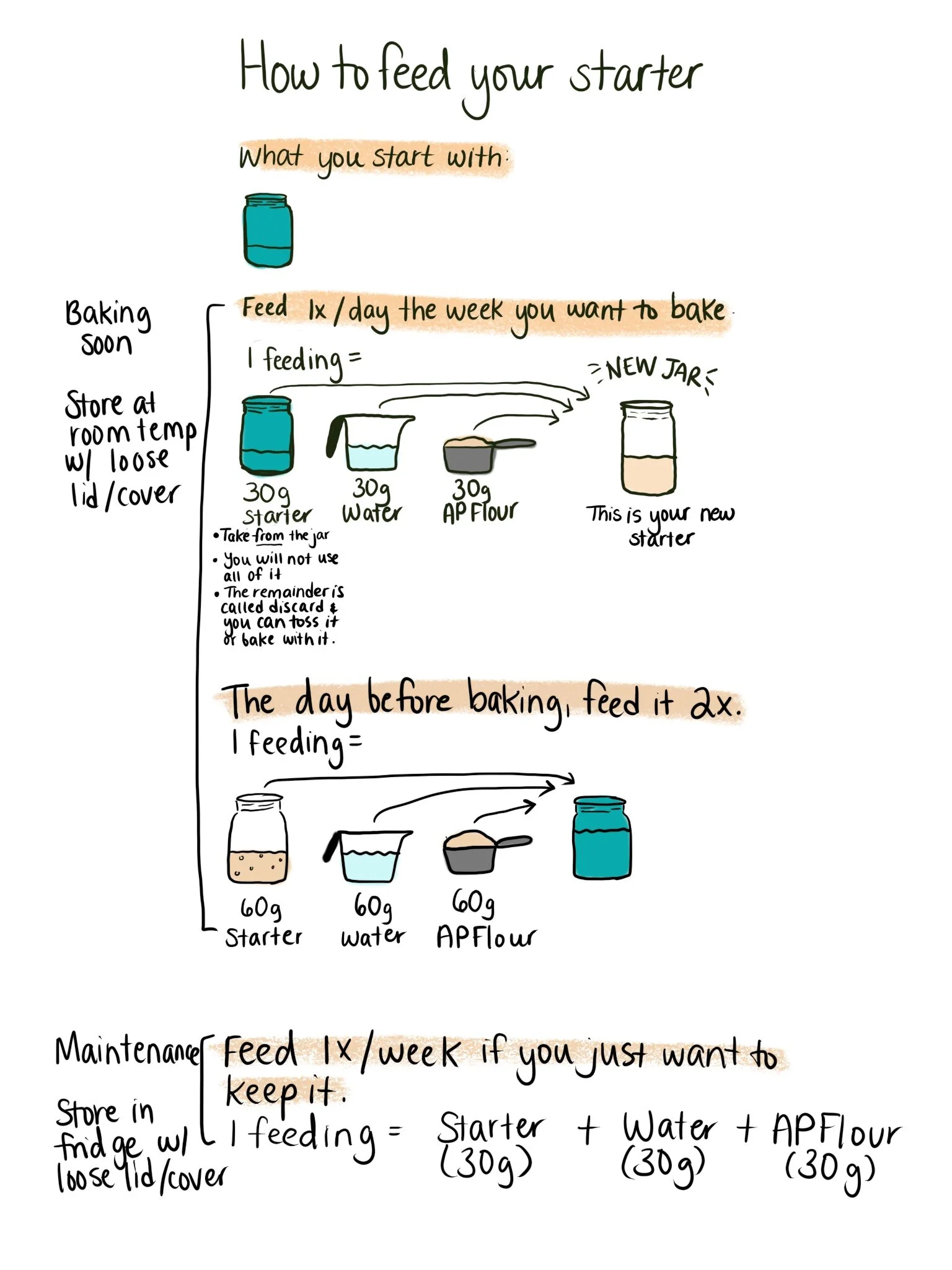Roles
I have worked on the IBM Cloud Infrastructure as a Service team since joining IBM in July 2017. In my four years at IBM, I have grown from an entry level position to managing the largest design team in public cloud.
I began as an Independent Contributor on the Virtual Private Cloud (VPC) offerings.
In February 2019, I assumed the role of Design Lead for Virtual Private Cloud. At one point this squad included 7 visual and UX designers who serviced over 20 workstreams.
Currently, I am the Senior Design Manager for Compute and Interconnectivity, where I lead the design strategy for a billion dollar portfolio of cloud enterprise software solutions.
Team Impact
Process Improvement
I overhauled my team’s process and introduced a more formal and consistent sprint planning, sizing, and playback cadence. As a result, my team became more equipped to accurately estimate and track their work. 100% of designers on my team said the new processes made their workload more manageable.
I developed a formal intake process for my team to use when accepting work. Our team was often derailed by urgent requests for work interrupting their sprint. This caused designers to feel overwhelmed and inefficient at delivering work in a timely manner.
I illustrated a document to help explain to our team and our partners. Several teams reached out to me to use this process to help their teams maintain control over their sprints.
We also needed to adjust the composition of our sprints because the team was getting burned out with a flood of feature requests. I instructed the teams to think of their sprints in four categories in order to boost morale and give them better control of their workload.
Feature work includes all of the regular requests that come in from our Product Managers. This should account for roughly half of all of our work.
Vision work is anything that is a design led effort. This could be something that our team discovered through generative research, NPS comments, or other customer feedback. This also makes room for our design team to prioritize innovation. If we only do what we are told, we miss out on all the ideas that don’t exist yet.
The Flex category gives the design team some flexibility to have more feature-heavy or vision-heavy sprints depending on the tasks in their pipeline.
Connect is a category that became critical during the shift to working from home where people became more disconnected with each other. This category makes room for teams to spend time with each other as a team, whether it is to host a working session together, grab a virtual lunch with each other, or just to hang out.
My focus on process improvement continues to make a big impact on my team.
“You provide the perfect balance of structure and support to allow me to work comfortably in my daily workflow, and you trust me and our team to be autonomous. I value this a lot and it makes me feel like I can grow and make a real impact on our team and the work that we do.”
Team Education
I wanted the designers on my team to be able to work on multiple services in our entire portfolio, but I realized many of our designers have knowledge gaps that could make that agility difficult. Additionally I noticed that whenever someone joined our team, we spent considerable time repeating the same information.
I instituted a weekly “Lunch and Learn” knowledge share so designers could help onboard our team onto the products we service.
This knowledge share has 3 artifacts: a one-sheeter that outlines the basics of the service, a Mural full of annotated product screenshots to contextualize the one-sheeter information, and a video recording of our meeting.
These resources have not only been highly valuable for our team, but have helped reduce onboarding time for new hires. 100% of designers said this series has positively impacted their knowledge of various domains in IBM Cloud.
Onboarding
Historically, our team expected people to dig into information on their own in order to get more familiar with the space. Designers joined our team who felt unsure, nervous, and defeated because they didn't know where to get started in a domain that was as technical as ours.
I created customizable onboarding Murals for any new team members that give them a bespoke guide to their experience at IBM.
The document starts with a welcome message, who their leadership is, who their team is, and where they are situated in IBM.
Then, they can follow a guide to get more information about their domain depending on what their entry point is. If they're new to IBM completely, they will start with introductory messaging for those unfamiliar with the company. If they're joining from within our larger team, they will skip those sections and go straight to our group's domain information. I leveraged our “Lunch and Learn” documentation for this purpose so that new designers can quickly access information that will help them get up an running more quickly.
I also included a section that details all of the software and applications we use as well as how to download and install them.
Finally, there is an FAQ section that is a catch all for common questions that the designer will have within the first 6 months, like how to order a credit card, how to expense software subscriptions, and how to log vacation.
Many teams outside of public cloud have accessed these Murals to help with their own teams' onboarding journeys. People who have been at IBM said these resources would have benefited them.
“I wish I had this when I joined the team. It would have saved me a lot of time.”
Before distributing these Murals, designers on my team were unable to productively contribute to product work for about 4-6 weeks. Now, designers are able to start meaningful design work within 2 weeks of joining the team.
Team Culture
I have always been involved in planning team activities, but prioritizing bonding events became more critical since our team transitioned to working from home in March of 2020.
In the summer of 2020, I coordinated a virtual bonding event, "Secret Fauci," to help our greater IaaS team reconnect while we are isolated from each other. This effort spanned several states and 2 countries.
Culture Captain
I also instituted a program called “Culture Captains” in order to give others a platform to inform the kinds of bonding activities we plan as a team. Every sprint a different designer is charged with planning any sort of virtual team bonding activity. The event is completely up to the current Culture Captain and can be as simple as a 30 minute happy hour or could be as involved as another Secret Fauci-type event. You can read more about how to plan bonding activities for remote teams in my Medium article.
Here are a few of my favorite Culture Captain events my team planned and hosted this year.
“Pandy Made Me Do It”
Show and tell, but with guilty pleasures the team binge watched or impulse purchased during the pandemic.
Planned by Myan Duong and Isabelle Encela
The Ratchelor
An online reimagining of The Bachelor, but with rats.
Planned by Helen Lee.
Farewell Vera Jeopardy
Jeopardy game centered around the name of our departing summer intern, Vera.
Planned by Bonica Ayala
I am proud that my team values my investment in our culture. In the spring of 2021, I won the People’s Choice Culture Award. The recipient of this award is nominated by their team and peers for “displaying attributes of growth, inclusion, innovation, and feedback while achieving positive outcomes for IBM.”
Product Work
In addition to my focus on improving process and culture, I designed experiences for a variety of products as a focal for both Networking (VPC, Access Control Lists, Security Groups, Subnets, etc.) and Compute (Bare Metal Servers, Virtual Machines/Virtual Servers, Dedicated Hosts, Auto Scale, etc.) services. Below are some highlights of my work that are available for public viewing. Please contact me if you would like to see some of my other work that is currently under NDA.














































